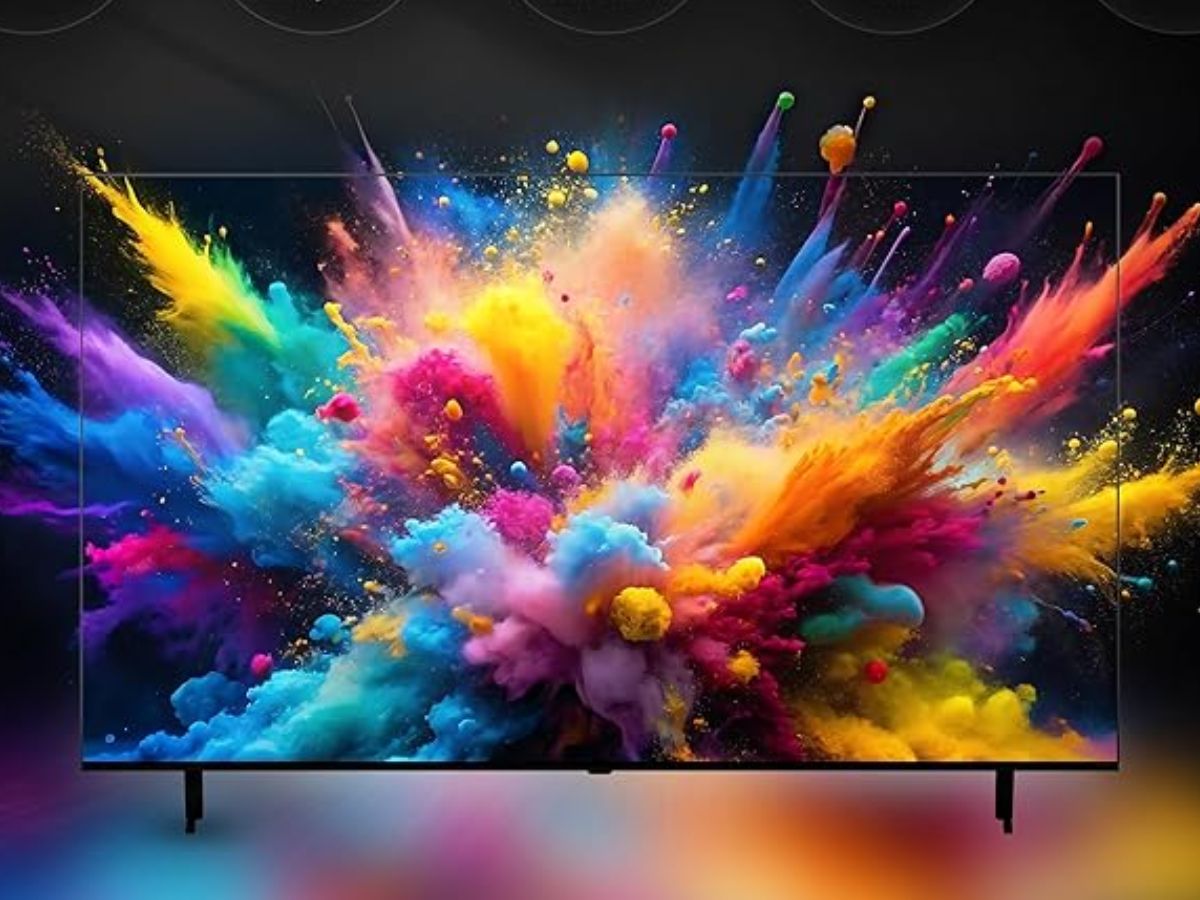Even long-time virtual reality fans will agree that, as good as they are, the Meta Quest 3 and Meta Quest 3S aren’t the most comfortable headsets. The elasticated fabric head straps are basic at best, with a weight distribution that puts almost all the pressure on your face. It’s enough to make you want to limit your VR gaming sessions – but a quick and affordable upgrade has completely transformed how much I use my headset.
Kiwi Design has been making headset accessories for a while now, and has two flavours of head strap upgrade for Quest 3 and Quest 3S owners. I’ve mainly been using the H4 Boost Halo Battery Strap (£64 from Kiwi Design), which as the name suggests uses a halo-style design to eliminate facial pressure, and has a backup battery to give a serious VR longevity boost.
The shape has more in common with a Sony PSVR 2 than anything in Meta’s first-party accessory line-up. The white and black plastic build is almost an exact match for my Quest 3S, and installation is as easy as Meta’s own replacement straps. After removing the stock strap, you just snap the H4 over the headset’s fixed arm panels. There’s a cutout for the USB-C port on one side, and another on the other for a Quest 3’s 3.5mm headphone port.

The two padded sections cradle the top and rear of your head, leaving the headset to hang down freely over your eyes. A velcro strap and a dial at the rear make adjustment, either before you pull the headset on or while it’s on your bonce, easy. Even pressed closely towards my face in order to minimise light leak from the nose cutout, there was no pressure at all. It doesn’t completely envelop your head, either, so there’s a good amount of room for air to flow. Even better, I didn’t have the telltale headset imprint around my eyes after a few hours spent thwocking thugs in Batman: Arkham Shadow.
A USB-C cable plugs straight from the strap to the headset, without a lot of unnecessary slack. The built-in battery genuinely can add another two to three hours before the headset runs dry, which might be the difference between finishing a game and abandoning it half-way through. A bank of four LEDs show charging status and how much juice you have left. The only downer? It’s not user-accessible, so you can forget hot-swapping different battery packs for a marathon VR session.
I was also grateful for the passthrough USB-C port at the rear, which let me charge both the battery pack and the headset itself through a single cable. You need a power brick good for 45W to make that happen, but the one that you top your phone up with is probably beefy enough.
Considering Meta wants £70 for its own Elite strap – which doesn’t even include a backup battery pack – the Kiwi Design H4 is a bit of a bargain.
While I prefer the halo style to the traditional strap layout, not everyone agrees, so Kiwi Design also has the K4 Boost Battery Strap (£56 from Kiwi Design). It’s a closer match to the official Meta Elite Strap with Battery, with a thickened headrest cushion and a counterweight at the back of your head to more evenly distribute the weight of the headset, while still keeping it locked firmly in front of your eyes.
It didn’t feel quite as secure as the H4 to me when bouncing around in more physically demanding games, but it stayed in place well enough I didn’t have to worry about the Quest 3S’s narrower visual sweet spot (on account of its limited IPD adjustment). The thicker head strap is a welcome improvement over the standard strap’s basic fabric, and the sizeable counterweight cushion ensuring no one part of my head felt more pressure.
Whether you’ve already got a Quest 3, or are considering the newer Quest 3S, I’d say an uprated strap like one of these is a must-buy. Sure, there are cheaper options that forego a battery backup, but given the keen pricing, I’d much rather have the Kiwi Design’s extra few hours of play than have to take more regular breaks for charging.












